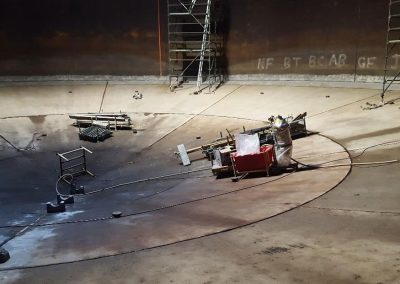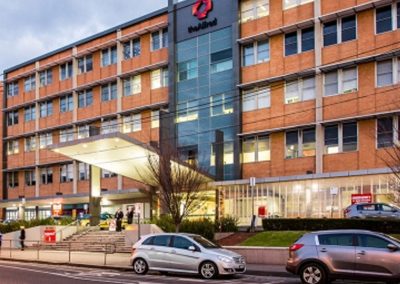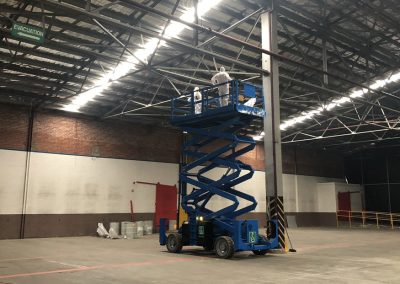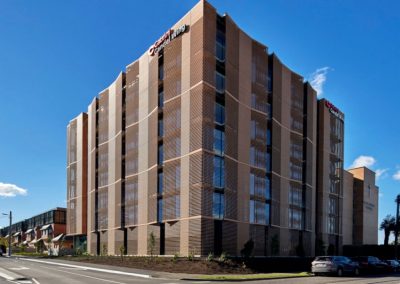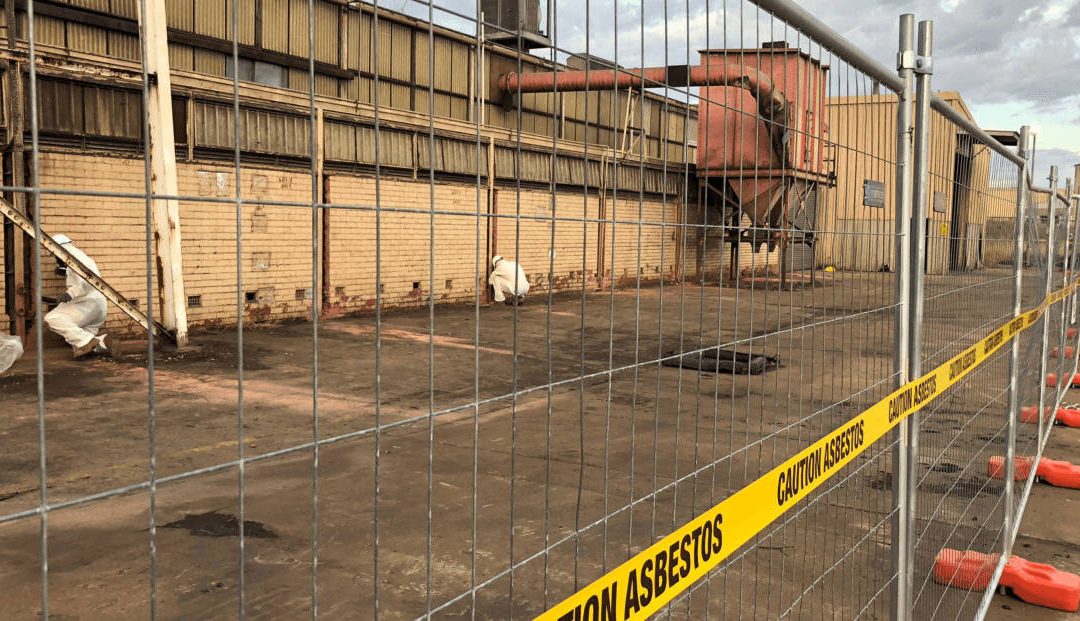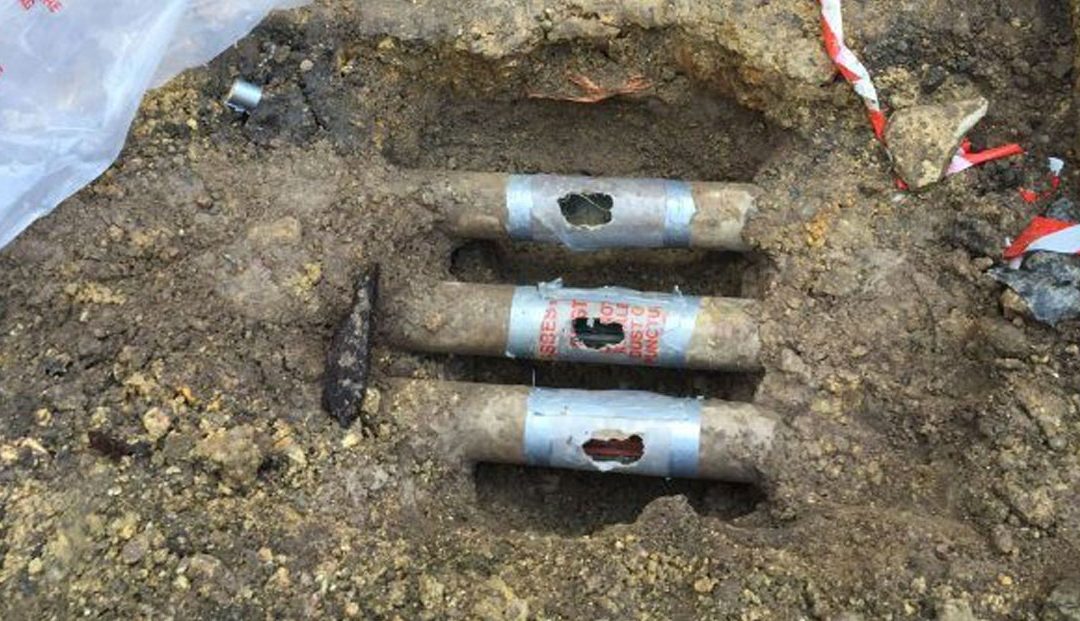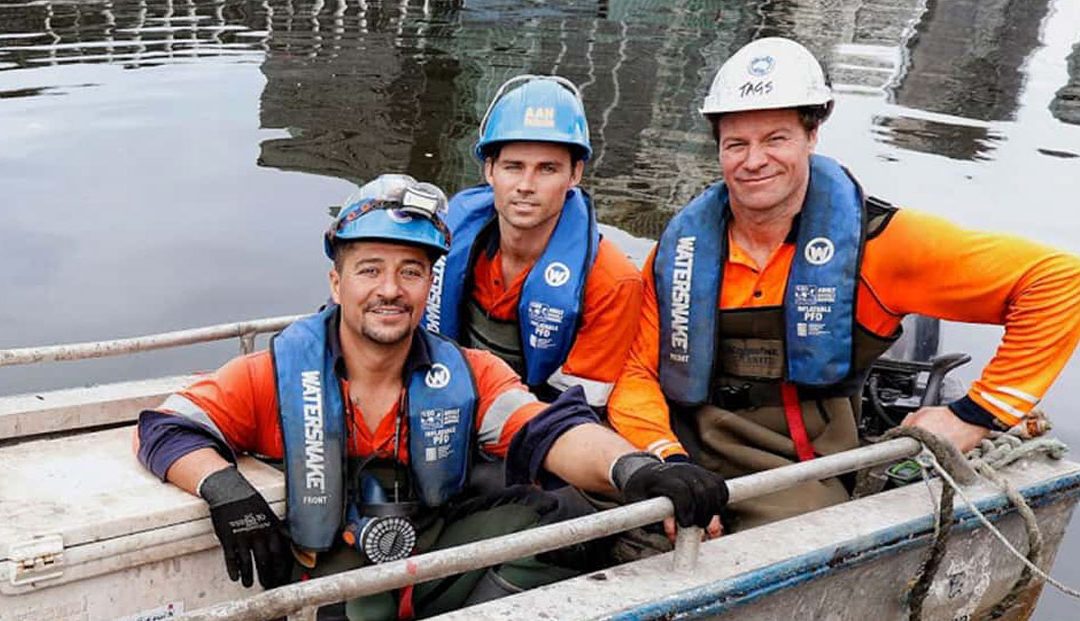Under State and National Occupational Health and Safety legislation, prior to any demolition or refurbishment work, an existing asbestos register must be reviewed, or if none exists, an assessment must be carried out in the workplace to determine if any asbestos containing material is present. This is to identify whether asbestos which is present at a workplace will be disturbed during the demolition or refurbishment works.
It is important to remove asbestos under controlled conditions before demolition or refurbishment disturbs the materials, so that the risk of releasing airborne asbestos fibre is eliminated.
In some instances, removing all asbestos-containing material prior to work may not be the best strategy . A staged approach to asbestos removal may be more appropriate and some asbestos-containing material may not become accessible until later into the project’s planned works.
Removal of asbestos containing material must be undertaken safely and following best practices and, as with any asbestos removal works, relevant stakeholders must be consulted and notified regarding the upcoming works.
Who is allowed to remove asbestos before a building is demolished?
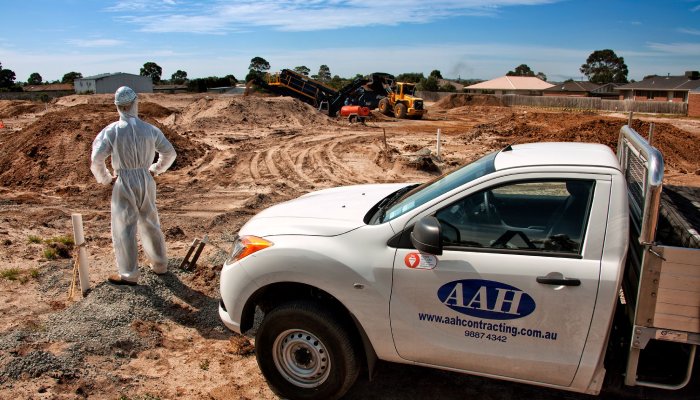
Asbestos removals in most cases must be carried out by a licenced asbestos removalist. There are permitted exceptions to these on a state by state basis, but in general, they only apply if the asbestos is non-friable and the total asbestos area does not exceed 10 square metres and the total asbestos removal works conducted in a period of any seven days does not exceed 1 hour.
Regardless of whether the work is carried out by a licenced asbestos removal contractor, or by a non-licenced person as part of permitted limited asbestos removal work, It is important to note though, that anyone engaged to conduct the asbestos removal must be trained, and safely complete the works.
Non-friable asbestos exceeding the limit above must be carried out by a Class A or Class B asbestos removal licence holder. All friable asbestos containing material must be carried out by a Class A asbestos removal holder.
Requirements for unlicenced asbestos removalists
If permitted unlicenced asbestos removal work is carried out, employers and self-employed persons have several obligations under the OHS regulations. When working with unlicenced asbestos removalists, there are many requirements the contractor must be compliant with. All of the below steps must be followed to ensure that the worksite is safe for the team and nearby stakeholders.
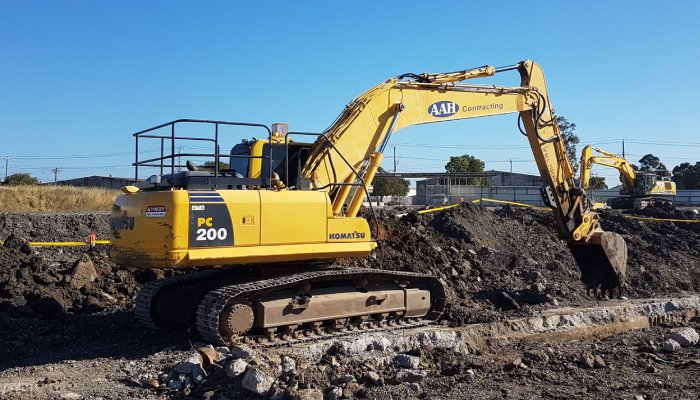
Required actions that must be followed:
- Appropriate training for the team removing the asbestos is provided by the employer.
- Training records must be retained and are up to date.
- Appropriate PPE is provided and worn throughout the works
- Signs are appropriately placed and clearly visible
- Barricades are used to seal off the area
- Decontamination facilities are accessible and onsite
- Works are performed practically and safely, that eliminates the release of asbestos fibres (preventing contamination of surrounding areas)
- Asbestos waste is stored, contained and disposed of appropriately
- Medical examinations are carried out if exposure to airborne asbestos is present
The benefits of working with licenced asbestos removalists
Working with licenced and certified asbestos removal specialists ensures that you have experienced, safety-focused and highly trained professionals to assist with the safe removal and disposal of asbestos.
AAH Contracting is a Class A licenced asbestos removalist, which allows us to remove, transport and dispose of any quantity of both friable and non-friable asbestos. In addition, the AAH Workshop is EPA licenced as an asbestos waste transfer station, where licenced and unlicenced asbestos removal waste can be deposited.
AAH Contracting has been involved in the safe removal of asbestos across a range of industries. From healthcare facilities to state and private schools, from large scale friable asbestos removals in commercial properties to technically challenging removals in heavy and light industry, from extensive asbestos in soil remediations to domestic asbestos removals, AAH Contracting can provide the safest and most efficient working environment possible for our staff, clients and stakeholders.
We also regularly review objectives and targets for the project to ensure the correct safety procedure and frameworks are in place.
Check out our recent projects for more information.
The asbestos register- what is it and why does it matter?
The site asbestos register documents the location, type and condition of asbestos containing materials identified, or presumed to be present, within a workplace. Other specific requirements vary between the States. It is required for all workplaces. In general, for domestic houses, it is only required once it becomes a workplace: e.g. for paid renovations and extension or demolition.
The asbestos register must be provided to employers, any asbestos licence holder engaged to do work, and other stakeholders specified by the relevant sections of the OHS Regulations.
Who keep the asbestos register up to date?
The asbestos register is maintained by the person who manages the worksite and must be kept up to date at all times. A review of the asbestos register is required at least every 5 years.
What happens if there is no asbestos register?
If there is no asbestos register for the worksite, then one must be obtained. No contractor works should be carried out until an asbestos register is produced. The asbestos register is to be consulted prior to works, and if asbestos has been identified and is likely to be disturbed by proposed works, the worksite manager must be notified, and the asbestos removed prior to disturbance.
Division 5 Assessment- what is it and why does it matter?
In Victoria, the Division 5 Asbestos Assessment is required for all workplaces. (Division 5 refers to a section of the asbestos-related part in the OHS Regulations). It describes the location, condition and friability of asbestos containing materials in the workplace, and whether or not the material is likely to be damaged during the normal works on the site. It should also identify activities which may damage the material.
Recommendations for risk control of asbestos materials provided in the Division 5 Asbestos Assessment are generally geared toward the ongoing use of the building.
Division 6 Assessment- what is it and why does it matter?
Prior to refurbishment or demolition within a workplace, the asbestos register must be reviewed. In Victoria, this is known as a Division 6 Asbestos Assessment (which again refers to the Section in the asbestos-related part of the OHS Regulations).
Inaccessible areas identified in the original Division 5 Assessment should be accessed and additional sampling undertaken to confirm asbestos content may be required. The Division 6 Asbestos Assessment is usually localised to the specific areas being refurbished or demolished within the workplace.
The Division 6 Asbestos Assessment provides the most up to date information on the location of asbestos containing materials within the proposed refurbishment or demolition area. It is used by asbestos removal companies to provide quotations for the removal of asbestos
Asbestos Clearance Certificate – what is this and why does your project need it?
Once the asbestos removal works have been completed, an asbestos clearance certificate must be obtained from an independent third party with no financial or contractual relationship with the asbestos removalist. This Clearance Certificate provides confirmation that the required asbestos removal has been completed, and that no visible residue remains as a result of the asbestos removal.
For Victoria, a clearance certificate is required for all asbestos removal work for which a Class A or Class B licenced asbestos removal contractor is required. These include:
1. Removal of non-friable asbestos of greater than 10 squared metres; and
2. Removal of any friable asbestos materials
Where friable asbestos is being removed, background air monitoring is required during the removal, and the clearance inspection must include the results of clearance air monitoring carried out within the removal area at the completion of the removal work.
Looking to demolish or refurbish?
Before starting your demolition or refurbishment project, get in touch with our team of experienced specialists on 03 9729 0066 or email us at info@aahcontracting.com.au We’ll be happy to talk through any queries you may have for your upcoming project and ensure the safest measures are in place right from the start
Enquire Today!
Fill out the form below and let us know about your project. One of our experienced asbetsos removal specialists will be in touch shortly.
Error: Contact form not found.

